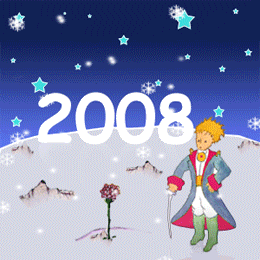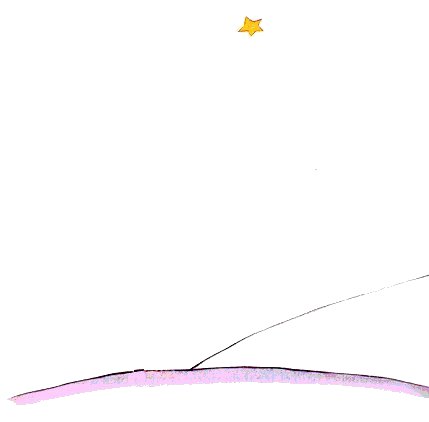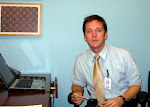
The time had come for me to quiz the child in front of me. His name was Letsego. The quiz is part of a step-wise process we call "disclosure", where a child is made aware of the essential components of his illness and treatment. He seemed to know these questions were coming, and paid careful attention.
MD: What are the names of your medicines?
Child: AZT, 3TC,and… N…VP!
MD: Awesome. Why do you take them?
Child: To have strong soldier cells.
MD: Great! What do the soldiers do?
Child: They fight the bad guys.
MD: Perfect. Who are the bad guys?
Child: The HIV viruses.
MD: Good! How clever you are. Do you have any questions for the doctor?
Child: When will I be strong so that I can play football?
The child paid even more attention. An electricity-like sensation, originating in my chest, spread to my arms and legs, briefly occupied my hands and feet, then dissipated. It was, as I have come to understand it, the physical manifestation of compassion made heavy by anxiety, the feeling I get when I want to do something good but worry that I might falter.
Letsego was a 8 year-old boy, and he wanted to play football (“soccer” for those of you who associate football with helmets and hands). The boy had answered my questions, told me things to show me that he knew what I wanted him to know, to demonstrate that he could parrot the trivial details that we doctors and other adults fixate on: names mostly.
Now it was his turn, and he wanted to play with his friends, so he asked me when he could. His eyes, which had witnessed the death of two parents, the withering and near death of his baby brother, both pointed at me. His hands, hands that usually held a cattle prod in dusty pastures instead of a pencil, rested palm down on his knees. His back, which spent nights pressed against a hut floor, was straight. He tilted toward me. His expression and posture were that of a child sitting impatiently on a bench while teams are being chosen before an informal schoolyard game, waiting for his name to be called while thinking “pick me…please pick me”.
MD: So, you like football?
Kid: Yes.
MD: Why?
Kid: Because it is fun.
MD: It is isn't it. Hmmm. Let's see. I have an idea. Every visit, you come in and show me that you have been taking all of your medicines, okay?
Kid: Ok.
MD: Then, to make sure the medicines are working, you can tell me how football practice is going, okay? But, start by kicking the ball around with friends, and practicing shooting into the goal. Only run if you feel strong and if you can breathe well.
Kid: Ok.
MD: Do not make yourself too tired, but keep practicing because I can see that you are already getting stronger from the medicines. Sound good?
Kid: Yes [smiling]
Letsogo stood. His small, diminished body reminded me of the physique of those kids who used to get picked last, those that were placed in the least important defensive positions, like left field in baseball or, in soccer, left fullback.
But, everything about the boy (except for the body itself) dripped with confidence.
Fortunately, bodies, when permitted, heal, especially young ones. Once healed, they run and kick as well as the next. Some better even, for having wanted to so badly.
 Several Baylor clinic staff in traditional Botswana dress
Several Baylor clinic staff in traditional Botswana dress















